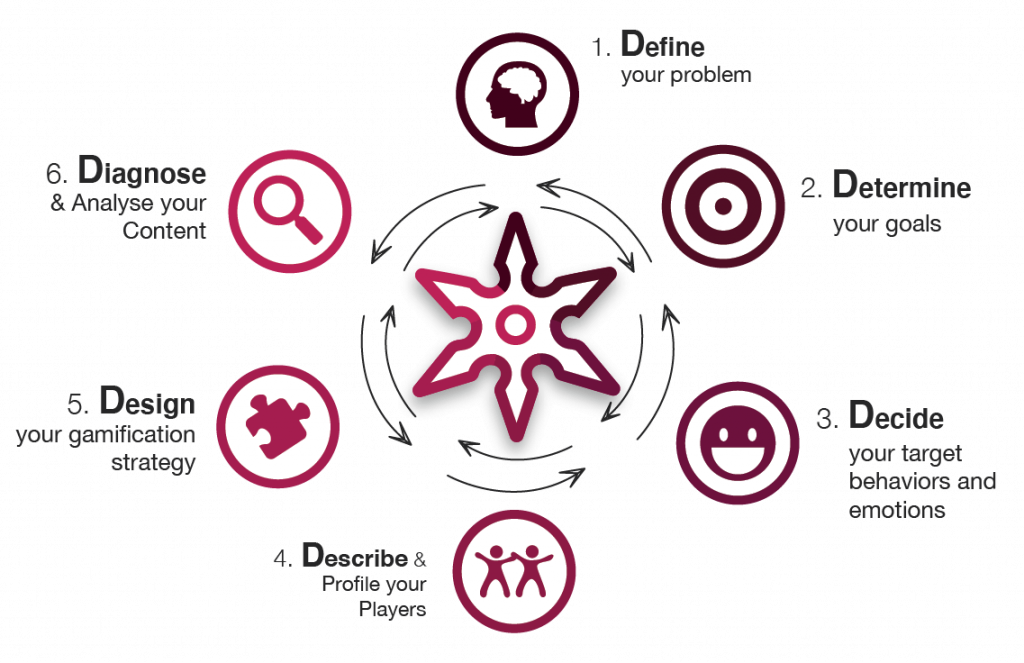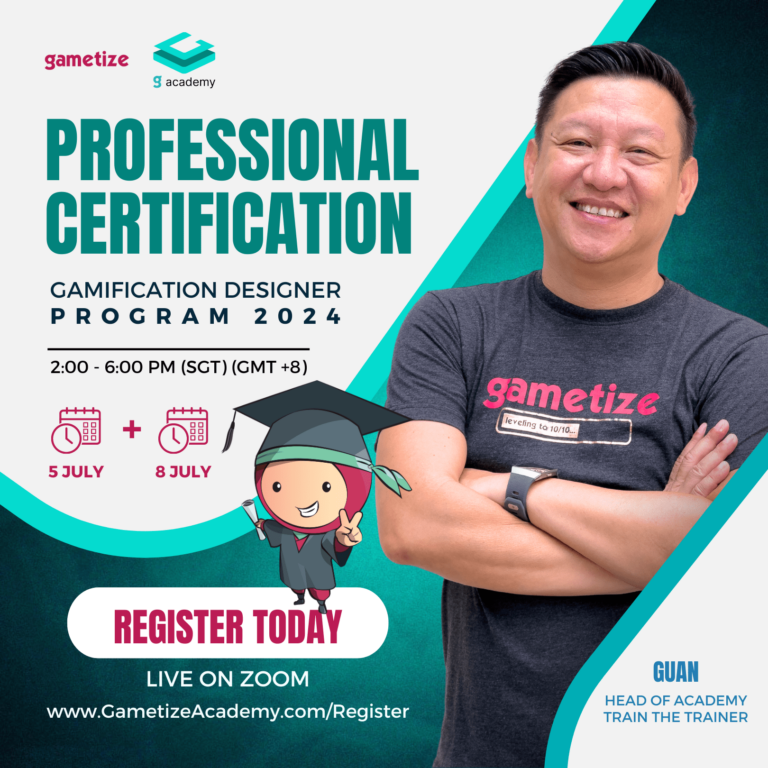Gamification Done Right: Planning Strategy Execution

Keys to Successful Gamification Strategy
“Gamification has become a buzzword in many industries, with some companies implementing it simply because it’s trendy or because the boss wants it”–Guan. However, successful gamification in the corporate requires careful consideration and planning to be effective. Before you jump on the gamification bandwagon, there are some key factors to consider.
First and foremost, don’t present gamification as the solution before understanding the problem. It’s crucial to question, question, question throughout the process. What are the goals and objectives of implementing gamification? What are the desired outcomes, and how will success be measured? It’s essential not to jump the gun and to avoid implementing gamification for its own sake.
A well-thought-out strategy is essential for a successful workplace gamified experience. This begins with a planning or concept document that outlines the goals, objectives, and desired outcomes. Without a clear understanding of the problem you are trying to address, it’s difficult to know what content to provide and how to engage your audience effectively.
It’s important to identify what resonates with different types of players and what motivates them. Gamification is not just about creating a game or using visuals and rewards – it’s about a well-crafted plan that considers the motivations and behaviors of the targeted audience.
To achieve this, it’s critical to involve a team in the process. Utilize critical thinking, analyze the problem, identify gaps and opportunities, and brainstorm potential solutions. (Visit our Gametize 6D playbook) By questioning assumptions, biases, and motivations, you can ensure that the gamified experience is designed to meet the intended goals and engage the intended audience effectively.
Moreover, a poorly thought-out strategy will not benefit from even the best user experience or user interface. As such, careful planning and consideration are crucial for the success of a gamification initiative.
When considering gamification for learning and development or employee engagement, it’s also important to understand the profile of your players. Whether they are learners in a training module or employees in an onboarding exercise, understanding their needs, motivations, and behaviors is essential for designing a gamified experience that resonates with them.
To sum up, gamification can be a powerful tool for enhancing learning and development as well as employee engagement, but it’s not something to be undertaken lightly. Planning, thoughtful consideration, and a deep understanding of the targeted audience are all essential for the successful implementation of gamification strategies. By investing time and effort into understanding the problem, setting clear goals, and designing a thoughtful plan, organizations can ensure that their gamification initiatives are effective and impactful.
How can we further help you?
Gametize Gamification Designer Program: Professional Certification
Join us on July 5th and 8th from 2:00 pm – 6:00 pm (SGT) (GMT +8) for a transformative learning experience and receive free credits to use on an actual subscription!
Be The First To Know All The Scoop On Certification Catered To
The Learning & Development Professionals!


